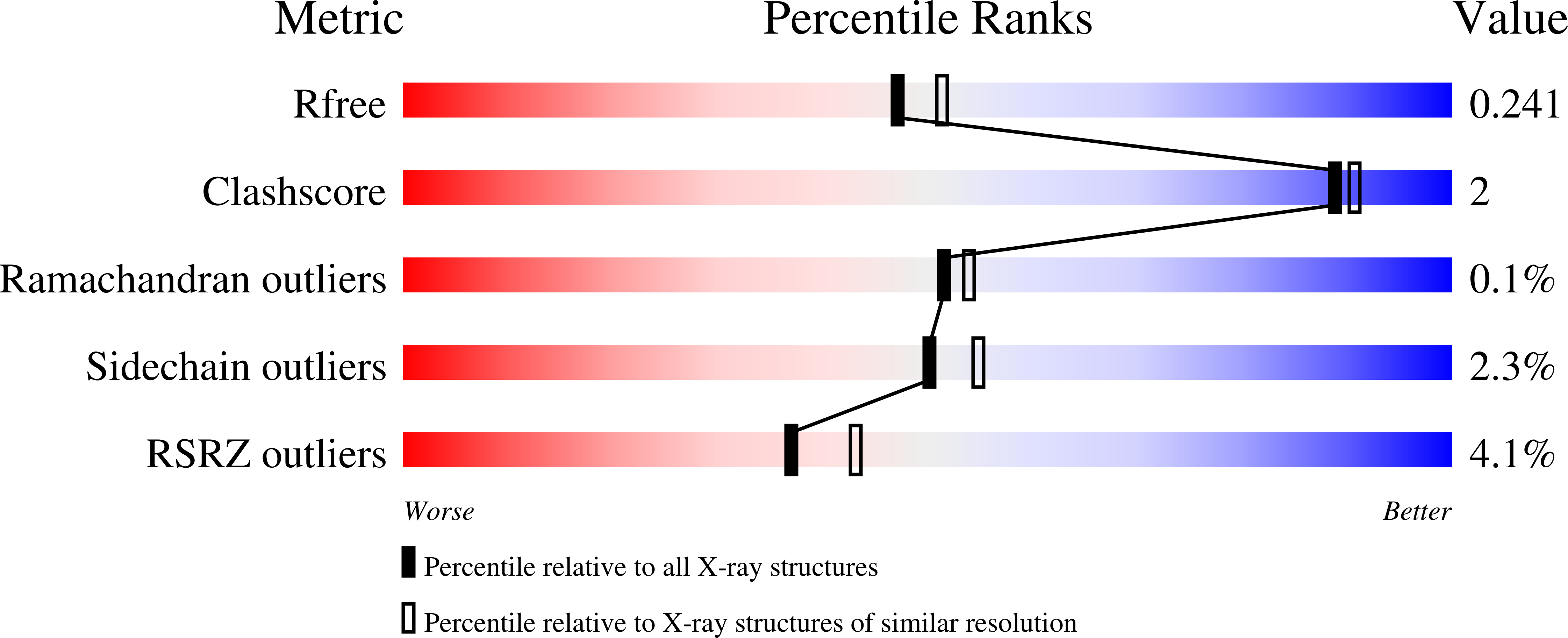
Deposition Date
2020-01-27
Release Date
2021-01-20
Last Version Date
2024-01-24
Entry Detail
PDB ID:
6XXG
Keywords:
Title:
Structure of truncated 1-deoxy-D-xylulose 5-phosphate synthase (DXS) from Deinococcus radiodurans
Biological Source:
Source Organism:
Host Organism:
Method Details:
Experimental Method:
Resolution:
2.10 Å
R-Value Free:
0.23
R-Value Work:
0.19
Space Group:
P 21 21 21


